Genetics has revolutionized our understanding of biology, leading to groundbreaking discoveries that have shaped medicine, agriculture, and more. Many biologists have contributed to this field, and their breakthroughs have left a lasting impact on science. Learn more about these influential biologists and their significant contributions to genetics.
Gregor Mendel (1865) – The Father of Genetics

Gregor Mendel is considered the father of genetics. In 1865, Mendel’s experiments with pea plants laid the foundation for understanding inheritance patterns. He discovered that traits are passed from parents to offspring through distinct units, now known as genes. His work remained largely unknown until the early 20th century, but today, Mendel’s laws of inheritance are fundamental to genetics.
Thomas Hunt Morgan (1910) – Chromosomal Theory of Inheritance
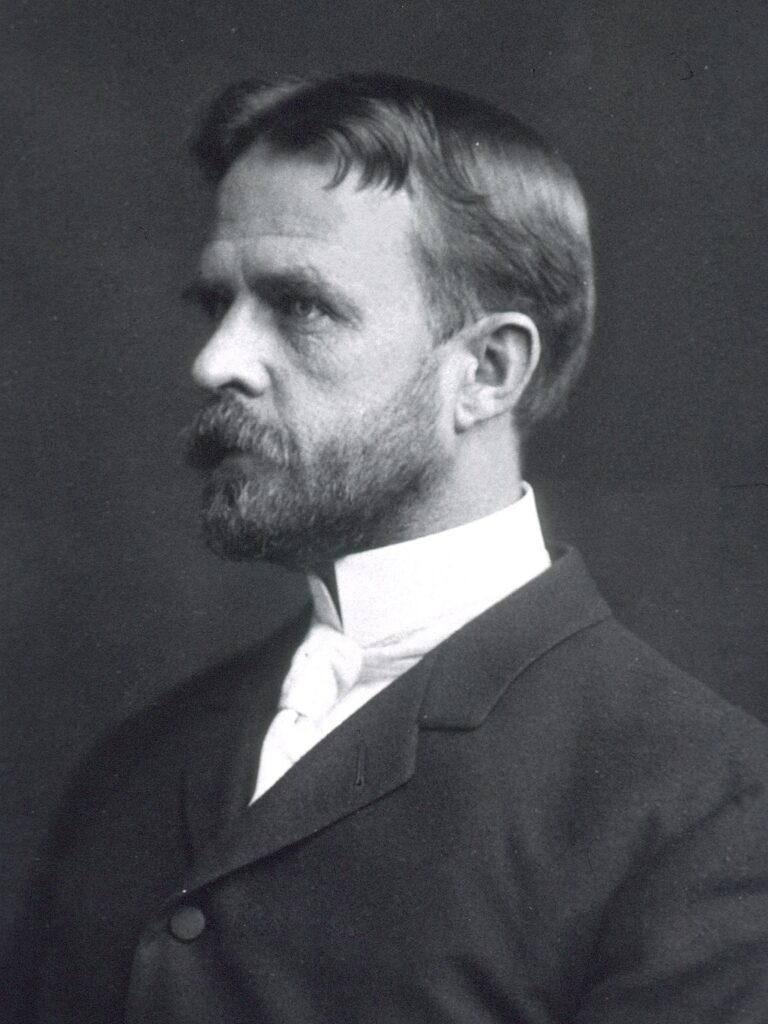
Thomas Hunt Morgan made a key discovery in 1910, proving that genes are located on chromosomes. By studying fruit flies (Drosophila melanogaster), Morgan demonstrated how traits are linked to specific chromosomes, reinforcing the idea that genes are the basis of heredity. His research helped confirm the chromosomal theory of inheritance and earned him a Nobel Prize in 1933.
Barbara McClintock (1951) – Transposable Elements

Barbara McClintock made a groundbreaking discovery in 1951 when she identified transposable elements, also known as “jumping genes.” These genes can change position within the genome, influencing gene expression. Her work in maize genetics revealed the dynamic nature of genomes and earned her the Nobel Prize in Physiology or Medicine in 1983.
James Watson and Francis Crick (1953) – Structure of DNA
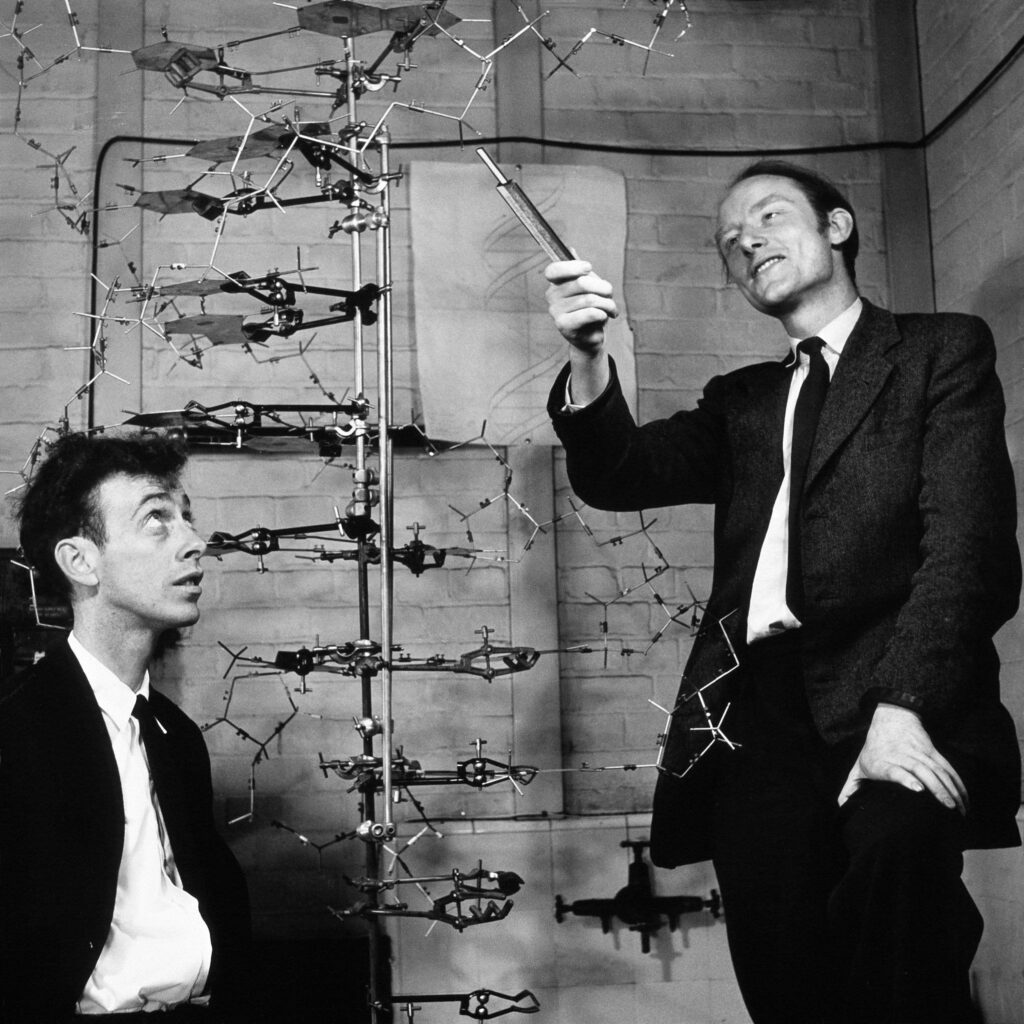
James Watson and Francis Crick are renowned for discovering the double-helix structure of DNA in 1953. Using X-ray diffraction data from Rosalind Franklin, they proposed the model that explained how genetic information is stored and replicated. This discovery was pivotal in the field of molecular biology and genetics, and they received the Nobel Prize in 1962.
Rosalind Franklin (1952) – X-ray Crystallography of DNA
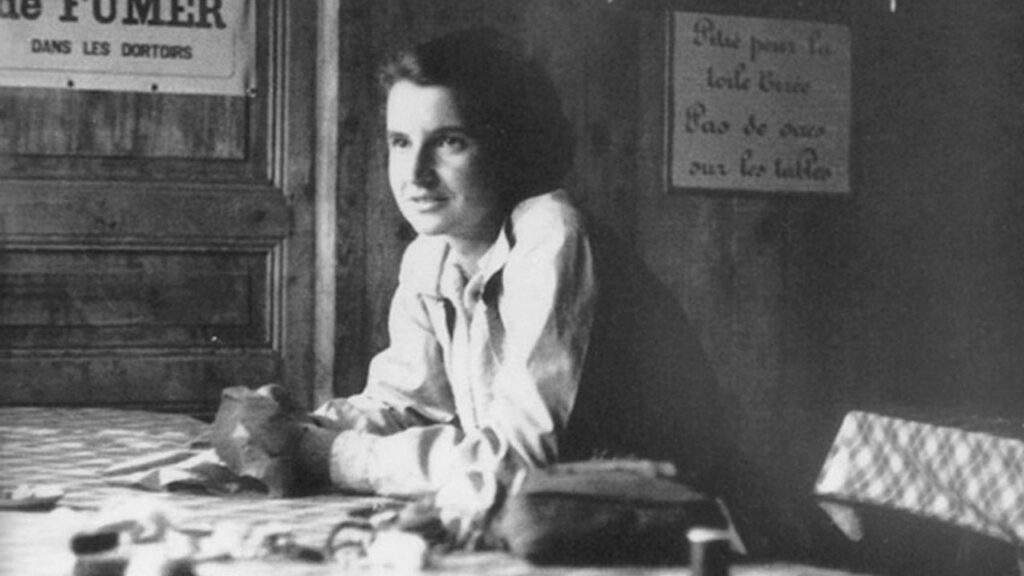
Rosalind Franklin played a crucial role in uncovering the structure of DNA through her work on X-ray crystallography. In 1952, her famous “Photo 51” provided essential evidence for the double-helix model. Although she didn’t receive the same recognition as Watson and Crick, her contribution was vital to one of the most important discoveries in genetics.
Alfred Sturtevant (1913) – Genetic Mapping
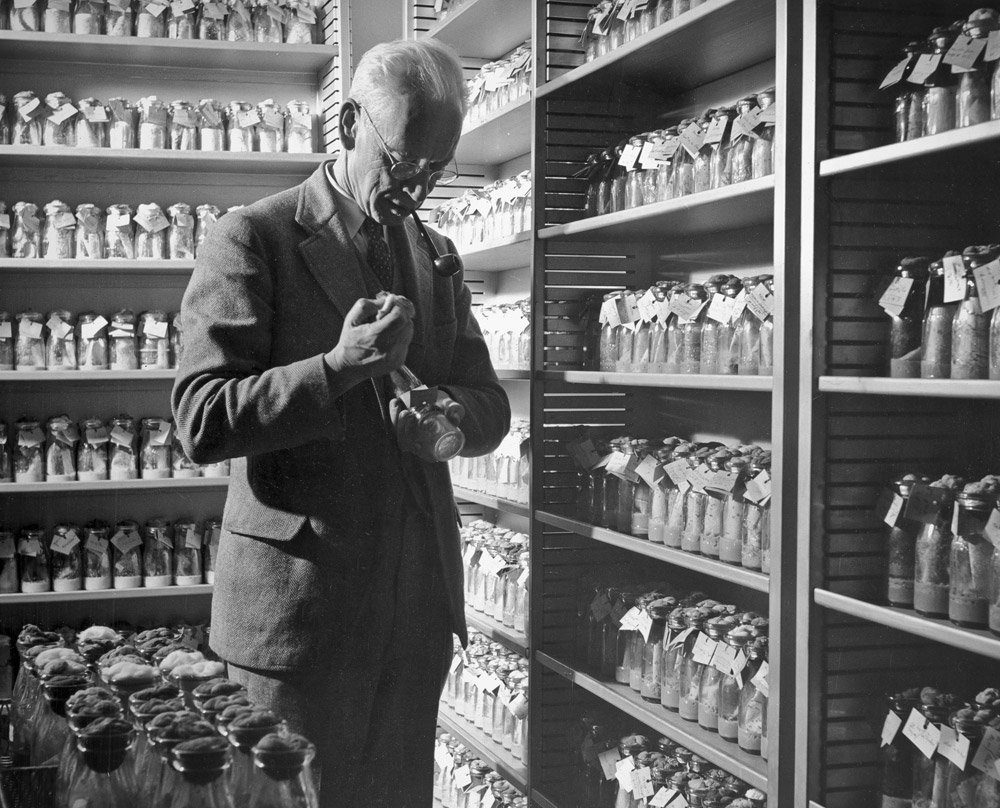
Alfred Sturtevant, a student of Thomas Hunt Morgan, created the first genetic map in 1913. He showed that genes could be mapped along chromosomes by calculating recombination frequencies. His work paved the way for understanding gene linkage and chromosomal crossover, which are crucial concepts in genetic inheritance.
Oswald Avery (1944) – DNA as the Genetic Material
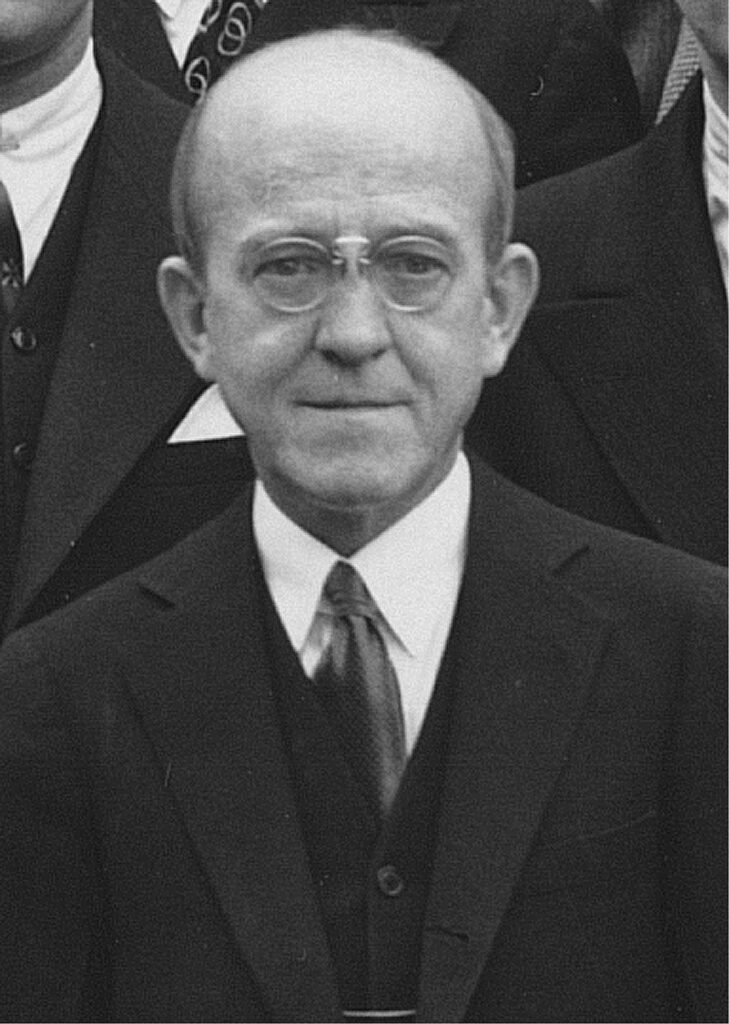
In 1944, Oswald Avery and his colleagues demonstrated that DNA is the substance responsible for heredity, not proteins as was previously thought. Their work showed that DNA carries genetic information, which was a critical milestone in genetics. Avery’s research laid the groundwork for later discoveries about the molecular structure of DNA.
Francis Collins (2003) – Human Genome Sequencing
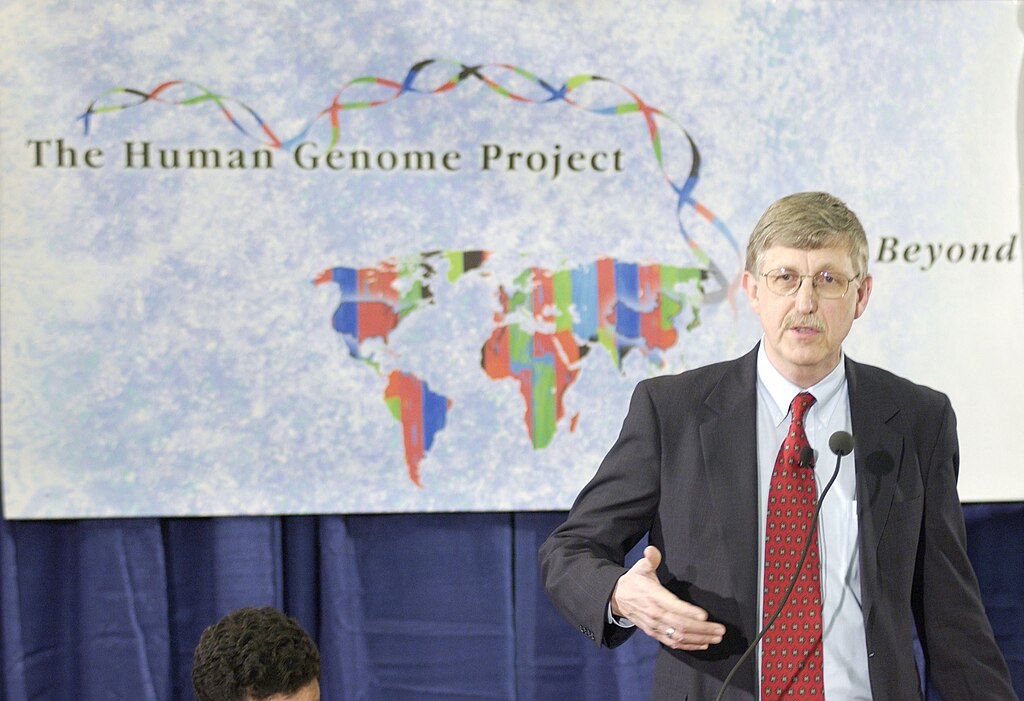
Francis Collins played a pivotal role in the Human Genome Project, which successfully mapped the entire human genome by 2003. This achievement identified the sequences of 3 billion DNA base pairs, advancing our understanding of human genetics. The project has had a lasting impact, particularly in the areas of genetic diseases and personalized medicine.
Joshua Lederberg (1952) – Genetic Recombination in Bacteria
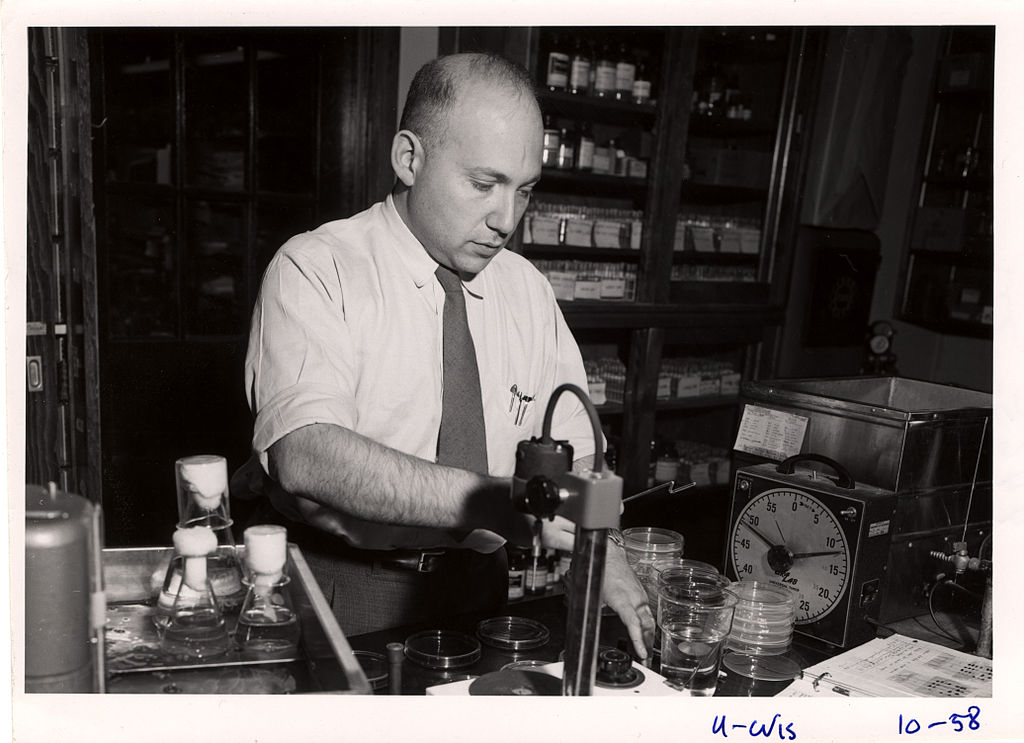
In 1952, Joshua Lederberg discovered that bacteria could transfer genes through a process called conjugation. This finding showed that bacteria are capable of exchanging genetic material, reshaping our understanding of genetic inheritance in microorganisms. Lederberg’s work earned him the Nobel Prize in 1958 for his contributions to microbial genetics.
Marshall Nirenberg (1961) – Genetic Code Cracking
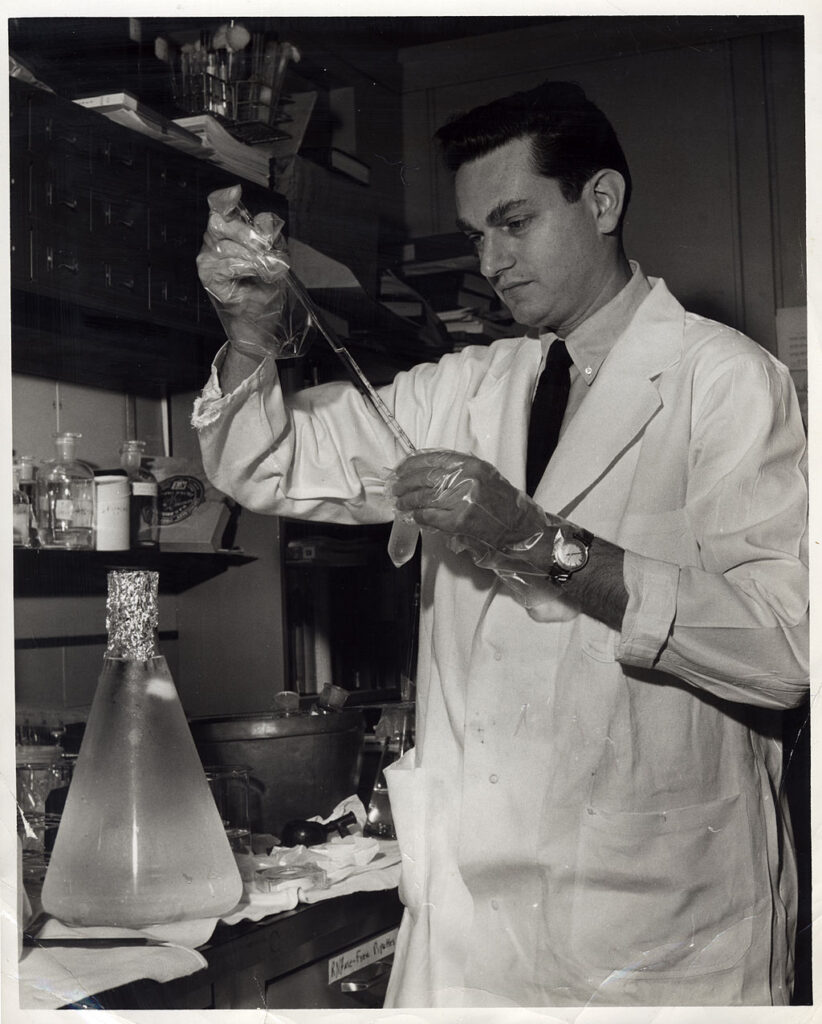
Marshall Nirenberg made a major breakthrough in 1961 when he deciphered the first “word” of the genetic code, demonstrating how sequences of nucleotides in RNA correspond to amino acids. His work helped reveal the full genetic code, showing how DNA directs protein synthesis. Nirenberg’s contributions to genetics earned him the Nobel Prize in 1968.
Seymour Benzer (1955) – Gene Structure and Function
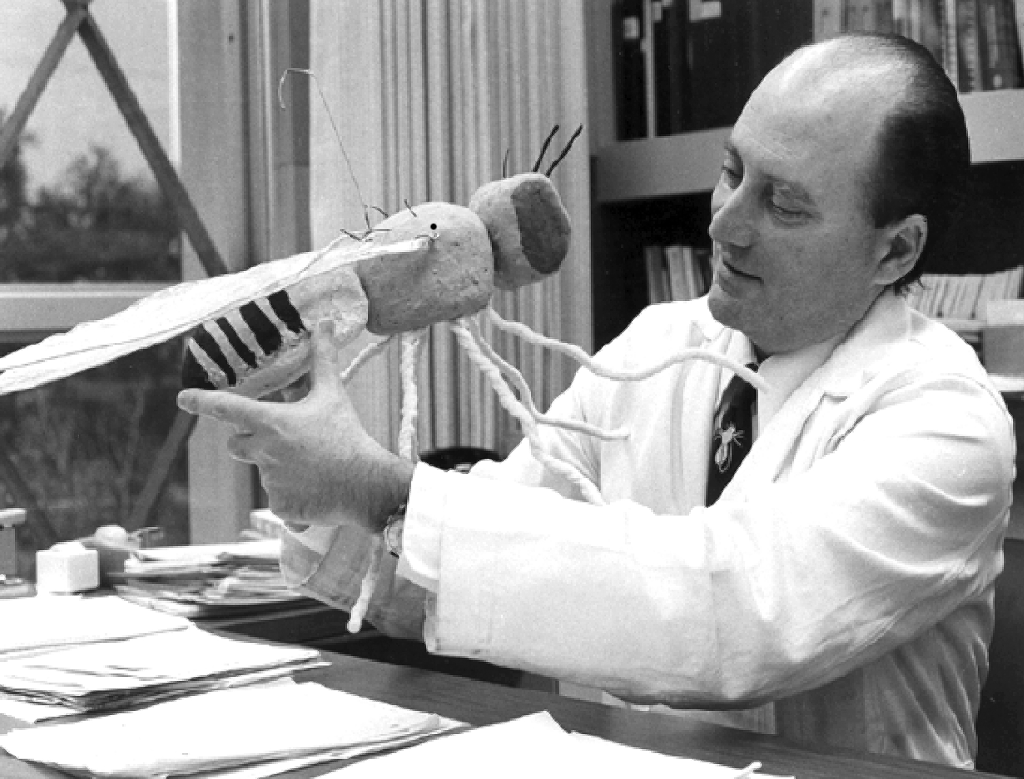
In 1955, Seymour Benzer conducted experiments that revealed the fine structure of genes and how they function. His work on bacteriophages (viruses that infect bacteria) helped determine that genes are linear sequences of nucleotides. Benzer’s research provided new insights into genetic mutations and recombination.
Sydney Brenner (1961) – Messenger RNA (mRNA)
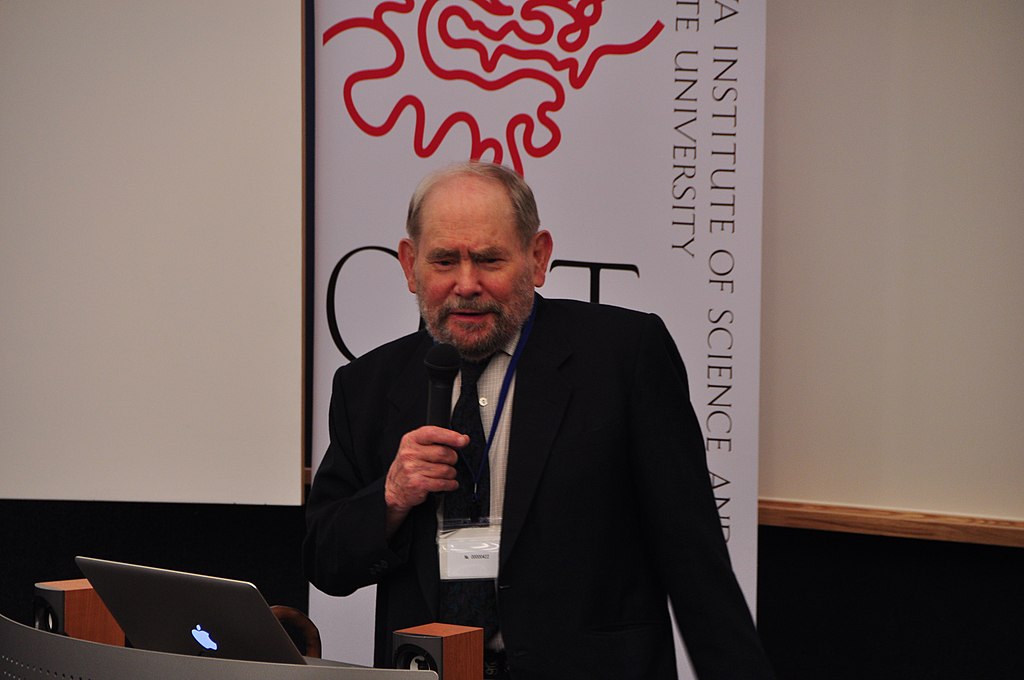
Sydney Brenner, along with colleagues, made a crucial discovery in 1961 by identifying messenger RNA (mRNA), which carries genetic information from DNA to the ribosome, where proteins are synthesized. This discovery explained how genetic instructions are translated into functional proteins, deepening our understanding of gene expression.
Mary-Claire King (1990) – Discovery of BRCA1 Gene
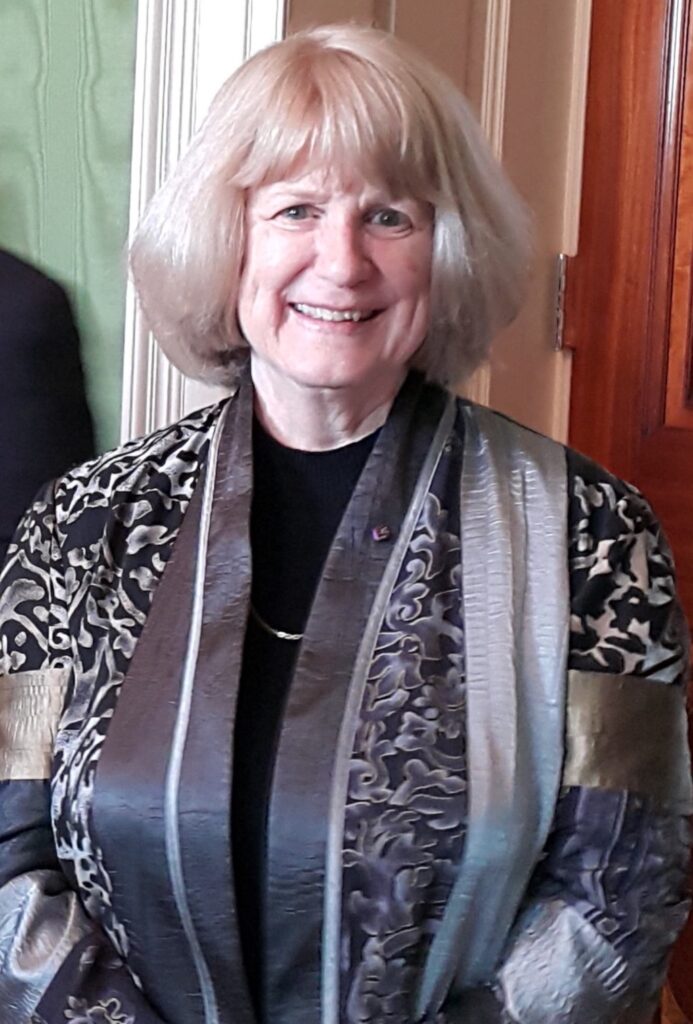
In 1990, Mary-Claire King discovered the BRCA1 gene, which is linked to hereditary breast and ovarian cancer. Her research demonstrated that mutations in this gene significantly increase the risk of developing these cancers. King’s work has had a profound impact on genetic testing and cancer prevention strategies.
Kary Mullis (1985) – Polymerase Chain Reaction (PCR)
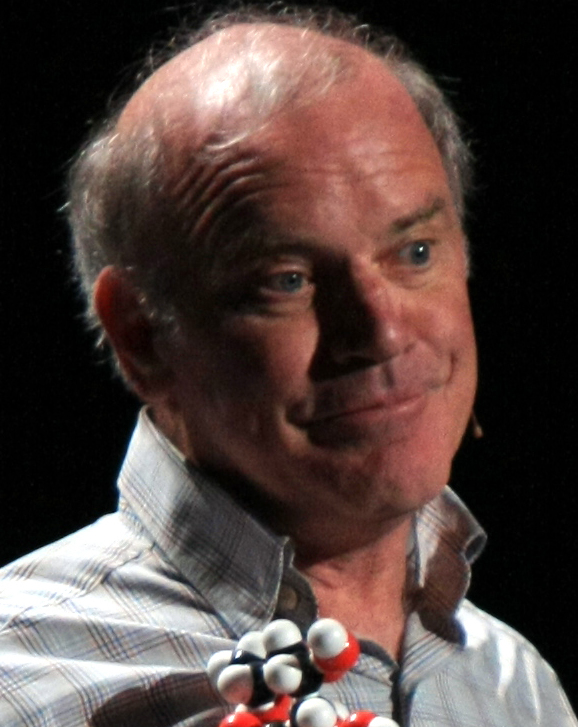
Kary Mullis revolutionized genetics in 1985 with the invention of the polymerase chain reaction (PCR). PCR allows scientists to amplify specific DNA sequences, making it possible to study genetic material in greater detail. This technique has become a cornerstone of molecular biology, enabling advances in research, forensic science, and medicine.
Craig Venter (2000) – Human Genome Project and Synthetic Biology

Craig Venter was a key figure in the Human Genome Project, which mapped the entire human genome in 2000. Venter later pioneered synthetic biology, creating the first synthetic cell in 2010. His work has expanded our understanding of genetics and opened new avenues for genetic engineering and personalized medicine.
Jennifer Doudna and Emmanuelle Charpentier (2012) – CRISPR-Cas9 Gene Editing

In 2012, Jennifer Doudna and Emmanuelle Charpentier developed CRISPR-Cas9, a revolutionary gene-editing tool that allows precise modifications to DNA. This technology has transformed genetics, enabling scientists to correct genetic defects, study diseases, and explore new treatments. Doudna and Charpentier were awarded the Nobel Prize in Chemistry in 2020 for this groundbreaking discovery.
This article originally appeared on UnifyCosmos.
More from UnifyCosmos
20 Scenic Train Rides Around the World

Discover the beauty and wonder of these remarkable destinations as you sit back, relax, and enjoy the view. Read more!
22 Ways Single Women Navigate Retirement Differently

Retirement can be a unique journey for single women. Read more!
19 Ideal Spots for a Tranquil Paddleboarding Retreat

Looking for the perfect place to unwind on a paddleboard? These serene spots offer calm waters and peaceful surroundings, making them ideal for a tranquil retreat. Read more!
Leave a Reply